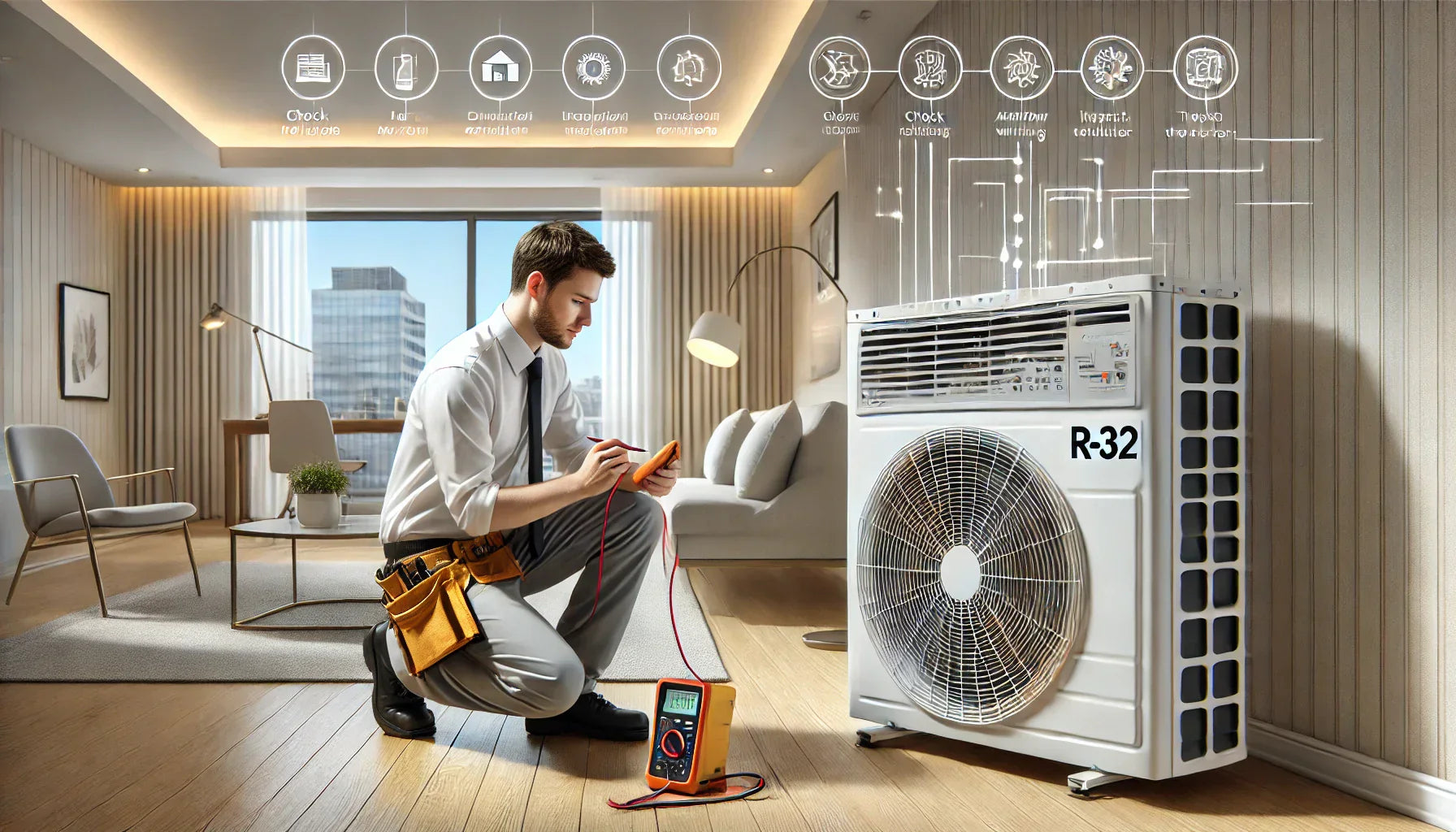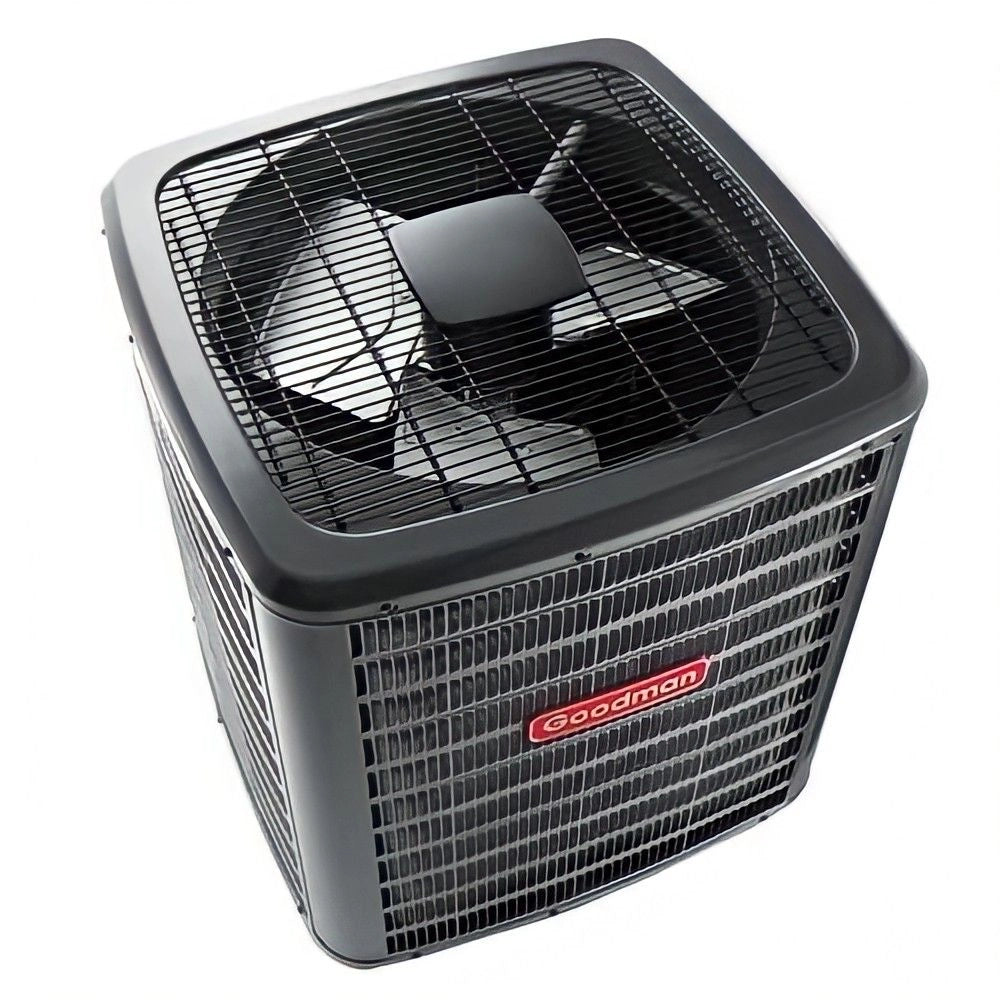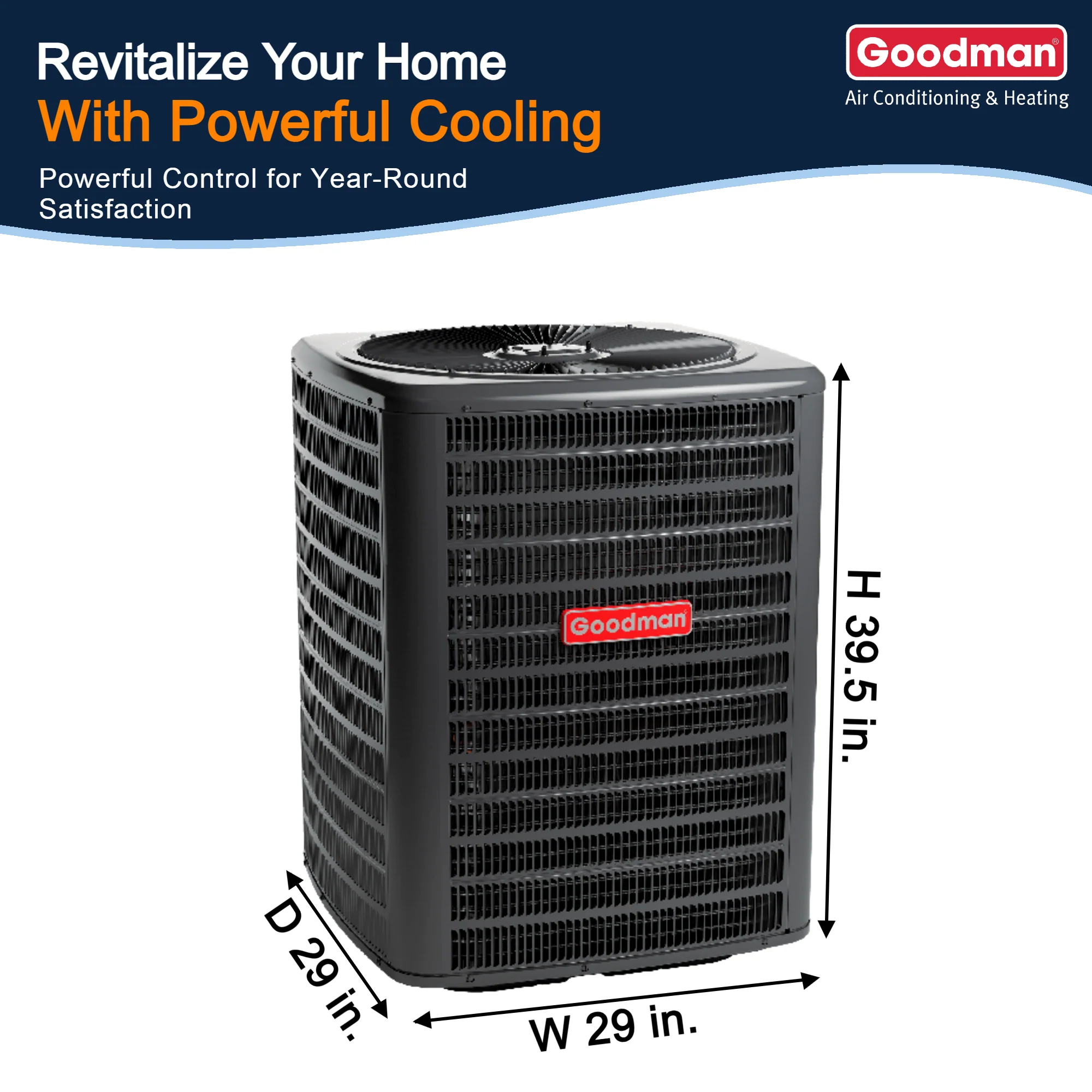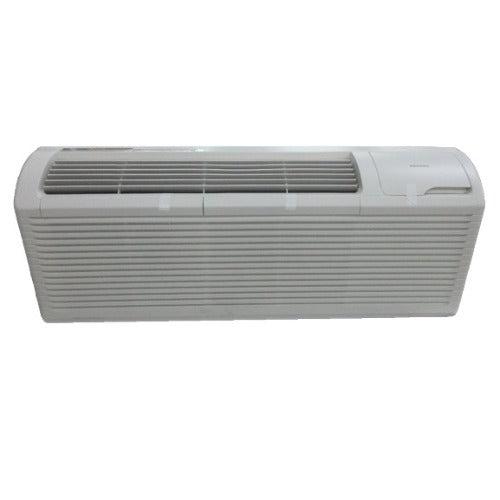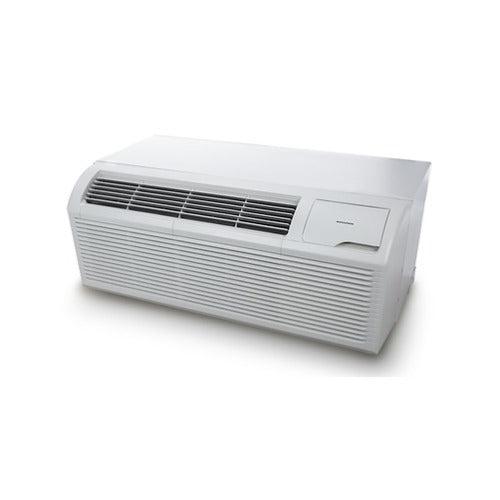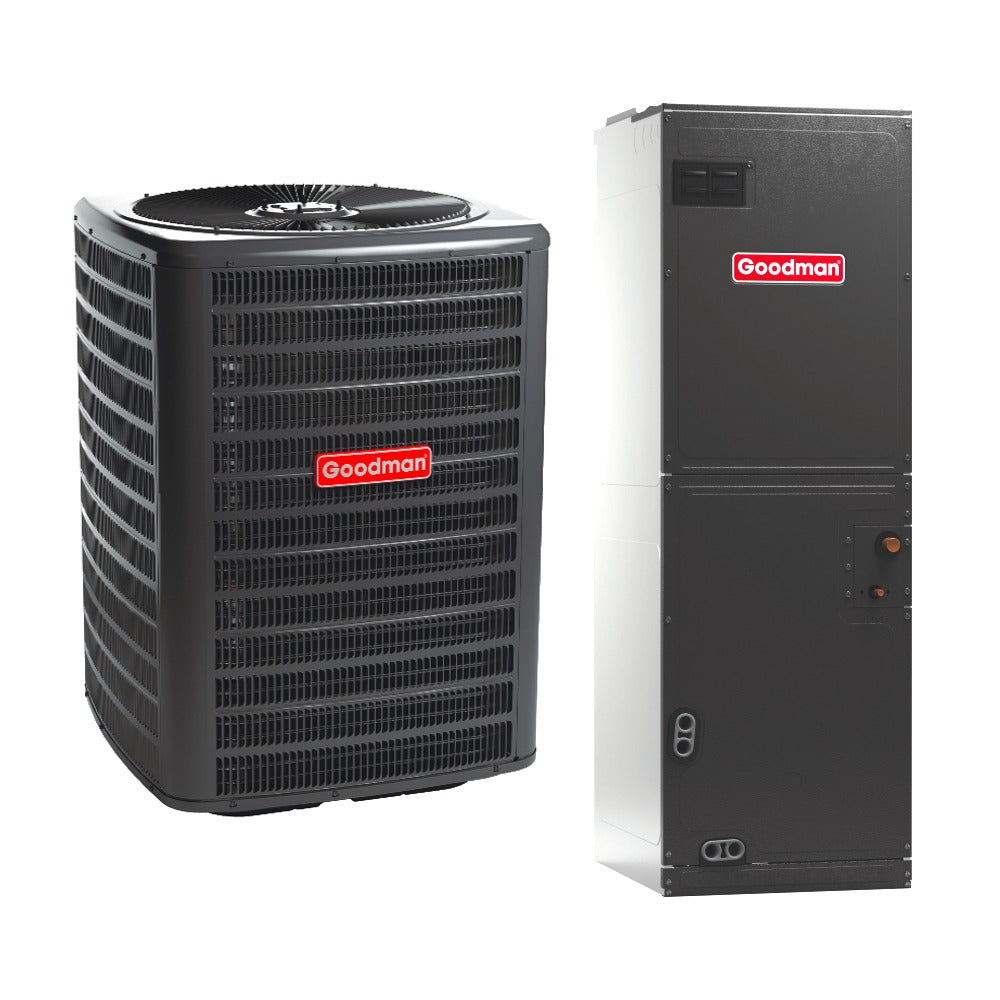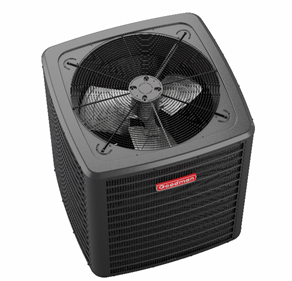How to Maintain & Troubleshoot Your R-32 PTAC Unit
Regular maintenance of your R-32 PTAC unit is essential to ensure efficient operation and longevity. This guide outlines the best practices for maintaining and troubleshooting your unit.
Routine Maintenance
Perform these maintenance tasks regularly to keep your PTAC unit in optimal condition:
- Clean or Replace Air Filters: Clogged filters restrict airflow and reduce efficiency. Clean or replace them every 30-60 days.
- Inspect Coils and Fins: Use a soft brush or vacuum to remove dust and debris from the evaporator and condenser coils.
- Check Drainage System: Ensure the drain pan and line are free from blockages to prevent water damage and mold growth.
- Tighten Electrical Connections: Loose wiring can cause malfunctions and inefficiencies, so inspect electrical components periodically.
For expert advice on HVAC maintenance best practices, refer to ASHRAE’s HVAC maintenance guidelines.
Troubleshooting Common Issues
If your PTAC unit isn’t functioning properly, check for these common problems:
Unit Not Cooling Efficiently
- Check thermostat settings to ensure they are properly configured.
- Inspect refrigerant levels, as low refrigerant can affect cooling performance.
- Ensure proper airflow by cleaning filters and coils.
For an in-depth look at refrigerant performance and efficiency, visit EPA’s refrigerant management page.
Strange Noises
- Rattling sounds may indicate loose components or debris inside the unit.
- Hissing noises could be a sign of a refrigerant leak.
- Clicking or buzzing might suggest electrical issues.
For professional troubleshooting steps, check HVAC School’s guide on diagnosing AC noises.
Water Leaks
- Check if the drain line is clogged or improperly positioned.
- Ensure the unit is level, as improper leveling can cause drainage problems.
- Inspect the condensate pan for cracks or overflowing.
If you need guidance on fixing AC drainage issues, read This Old House’s HVAC drainage solutions.
Unit Won’t Power On
- Verify the power supply by checking the circuit breaker and power outlet.
- Inspect the control board for any loose or damaged wiring.
- Test the thermostat to ensure it's functioning correctly.
For electrical safety and troubleshooting, refer to NFPA’s electrical safety guidelines.
Conclusion
By following these maintenance and troubleshooting steps, you can keep your R-32 PTAC unit running efficiently and prevent costly repairs. Regular upkeep ensures a comfortable indoor climate and extends the lifespan of your unit. If issues persist, consult a professional HVAC technician for further assistance.

